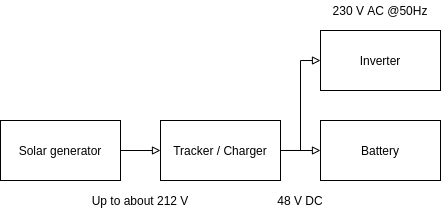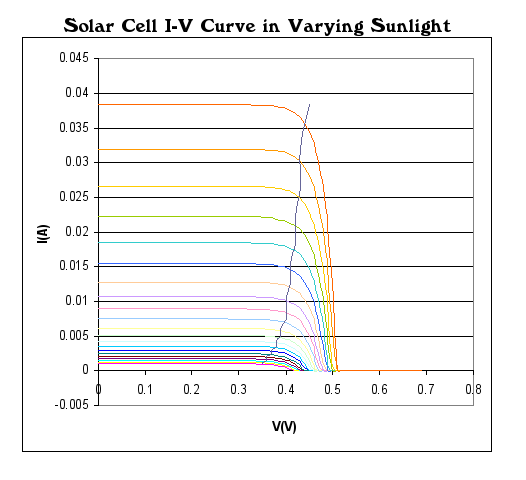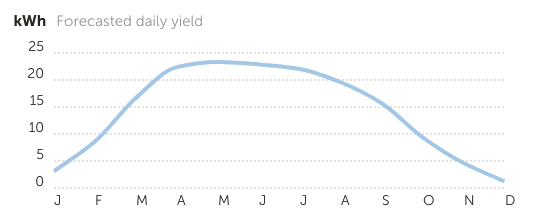Our summer cottage entirely reflects the farmer lifestyle of most of our ancestors in Europe. It was a simple life, but most likely also a peaceful one. The husband was typically a lumberjack 👨🪓🌳 in the winter and the wife would take care of the farm during that time besides her many other duties in the household. When the temperatures rose they would both be busy haying for the cattle and farming crops and berries. This property was established in 1937 and a dream must have come true for our predecessors who built this house and lived here.
A Swedish politician named Per Albin introduced a cheap mortage in the 1930s the state would issue for the population on the countryside, that made it possible for many people of the working class to move into their own homestead [1] and [2].
However, there was no running water, electricity or a water closet. According to an old receipt, that was collected and retained carefully by the previous owners along with other important documents, the first time electricity was draged into the house was in the 1970s, but when we took over the house we only found leftovers like cabling and lightbulb lamps in the barn. Most likely the power lines were removed due to the annual basic costs. The most romantic foundation for a clean off-grid energy production from my point of view.
So I started reading into the subject. I must admit, that although I have a technical background, this is not as easy as repainting the house with Rödfärg, the typical Swedish red house paint[3]. The system I came up with is fully customized to the market situation, as well as the unique energy consumption and storage requirements of an off-grid facility. I want to share my design mainly because it was a bit difficult to find something comparable on the WWW, since one needs to adhere to the local regulation, which, however, seems pretty much comparable between different countries at least in Europe.
Our off-grid solar design
The system can be simplified to something like this:

Some quick facts about the system:
- Maximum peak power output of the generator: 6.56 kW
- Four strings à four panels w/ 410 W
- Two string à four batteries 120 Ah @ 12V which is about 11.5 kWh storage capacity
- Maximum charge current of 60 A = 2.88 kW.
- Completly off-grid, no (integrated) backup generator so far
- Electric energy abundance between March and September
- 3 kW inverter
- 48 V / 24 V conversion incl. fuse box for LED lights and other appliances that can be DC driven
The solar generator is the part that actually converts sunlight into an electric current through the photovoltaic effect [4]. Depending on the type of solar cells and the coupling scheme the output voltage varies, but generally speaking, the output voltage here can be rather dangerous, because it is a high DC voltage, no zero crossing. The tracker / charger, comercially available under the term Maximum Power Point Tracker (MPPT), presents a certain impedance to the generator and converts it to a necessary impedance presented to the batteries. From hereon we are in the 48 V domain, which is uncritical to us human beings.
The illustration below can help to explain what a MPPT is doing: The load is adapted so, that the current and voltage end up in a knee point, where the maximum power under the given environmental circumstances (light, shadow and temperature) is obtained. In the illustration a line goes through the maximum power points. Read more on the subject and find the image source under [5].

All energy produced ends up being "consumed" instantly through DC devices (ommited in the diagram above), AC devices behind the inverter or stored in the batteries. A 48 V system voltage corresponding to four 12 V batteries in series is chosen, so that the wire diameter does not get too big. For connecting the 3 kW inverter to the 48 V bus bars 50 mm² cables are employed. With insulation this equals a diameter of arround 12 mm. These kind of thick cables are already difficult to bend, so having an even lower voltage e.g. 24 V, corresponding to two lead-acid batteries in series, was not an option for me since we wanted the same convenience that you have in a modern house nowaydays. The premise was to draw loooots of power e.g. with big tools like saws or angle grinders.
Does only solar mean I have to sit in the dark from time to time?
According to the Swedish ministry for statistics Statistiska centralbyrån (SCB) a Swedish household consumes on average 2000 kWh / anno to 5000 kWh / anno [6]. We assume that with our rather conservative lifestyle e.g. heating with wood, avoiding long showers etc. we would have an energy need of arround 3000 kWh / anno = 8.2 kWH / day in order to find out when we would not have enough energy available. According to the Victron Energy simulation tool [7] without additional measures we would sooner or later run out of electric energy when taking a vacation between October and February (cf. diagram below). Not a problem for a summer house is it?

Lead-acid vs. lithium-ion battery
In my opinion, just like driving an electric car (yes I am a big fan!) this is rather a question of economy than a question of technology. The aforementioned design uses flooded lead-acid batteries, that include some smart engineering to make them more durable in terms of the number of cycles and Depth of Discharge (DoD), not comparable to the lead-acid batteries in your EV or combustion car. A technological reason to go for lead-acid batteries is certainly the cold climate in Norrland. While the Lithium battery chemistry fails you w/ temperatures below 0 °C [8], the lead-acid battery still does not freeze below -65 °C [9]. However, the main reason is, that quality batteries cost so much less most likely due to the time the technology had to evelove. Even the cheapest Chinese Pylontech US2000C [10] costs arround SEK 3250 / kWh while the technology I am using is arround SEK 700 / kWH and we talke about German quality ware. Of course, Lithium-ion batteries last longer in terms of the number of cycles, which is for our use-case not going to be high in a summer cottage.
The entire design is documented here. I will try to keep it up-to-date including the modifications that will likely come in the future.

